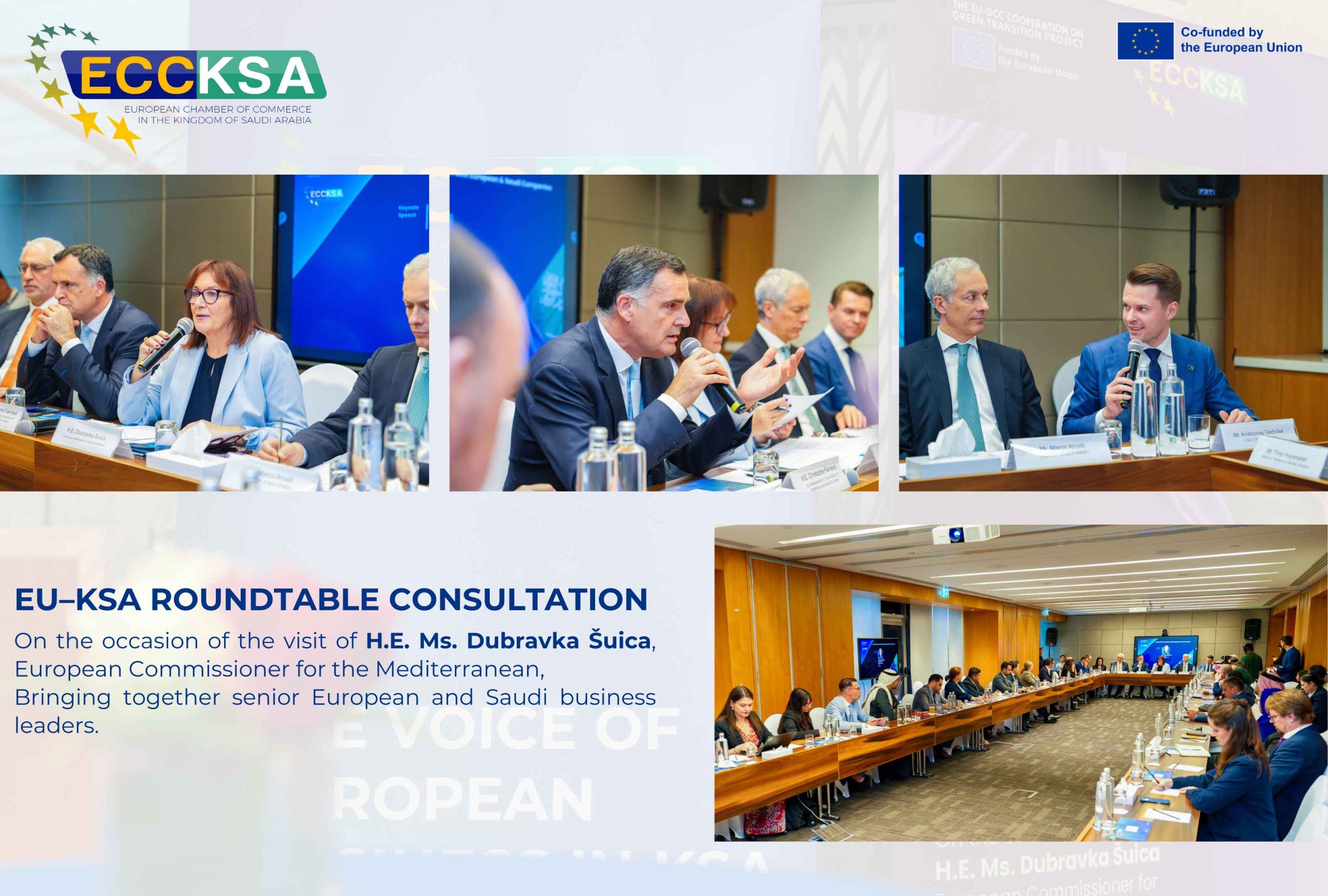
Home » Saudi Arabia’s Cultural Sector: A Dynamic Ecosystem Rooted in Heritage
A country rich in heritage and deeply rooted traditions, Saudi Arabia has, since the launch of Vision 2030, firmly positioned arts and culture at the heart of its national transformation. This ambition is evident not only through dedicated cultural initiatives, but also as a core element of the Kingdom’s flagship giga-projects, such as Diriyah, AlUla, and the Red Sea Project, each of which places a strong emphasis on preserving and showcasing the Kingdom’s unique cultural and historical heritage. In recent years, the cultural landscape has evolved at a remarkable pace, creating new opportunities across exhibitions, museums, festivals, fashion weeks, theatre productions and cultural seasons.
The overarching goal of these projects is to position Saudi Arabia as a global cultural hub, diversifying the economy and boosting tourism, both from the country, the region and internationally. Cultural investments are expected to contribute revenues of about USD 20 billion and create more than 100,000 jobs in the sector by 2030. Increased spending on culture will also drive indirect spending on hospitality, retail, food and beverage, among other sectors, and raise the value of land and real estate in and around cultural districts.
To sustain this momentum, there is now a clear focus on developing the infrastructure and wider ecosystem needed to support a thriving cultural and creative economy, an area that offers significant potential for businesses, investors and international partners alike.
As Saudi Arabia diversifies its economy away from oil dependency, the cultural and creative industries have emerged as an increasingly important source of non-oil revenue and employment. A key element in this transformation is the expansion of venues and institutions spanning the entire cultural value chain, from education and talent development to production, exhibition and performance. This includes the establishment of museums, galleries, studios, incubators and theatres. Cities such as Riyadh and Jeddah are evolving into year-round hubs for cultural activities; from art biennales and temporary exhibitions to an expanding calendar of live music, theatre and other events.
Central to this vision is the commitment to safeguard and revitalise Saudi Arabia’s rich cultural heritage and tradition while embracing innovation. Since its creation in 2018, the Ministry of Culture, which leads and coordinates the entire cultural and creative industries ecosystem through its dedicated commissions, has driven a comprehensive strategy covering sixteen cultural sectors, including music, heritage, visual arts, architecture and design, film, literature, culinary arts, and fashion. This reflects an integrated approach to embedding culture as an everyday part of life. The Ministry works closely with other key stakeholders such as the Ministry of Tourism and the Public Investment Fund (PIF), whose giga-projects embed culture and heritage as core pillars of tourism and economic diversification.
Major flagship projects such as Diriyah Gate, AlUla, King Salman Park’s Royal Arts Complex, Jeddah Central, and the Red Sea Project demonstrate how giga-projects are placing culture and heritage at their core. In some cases, research suggests that cultural investments account for 10–30% of total project budgets. New landmark institutions, from the Black Gold Museum in Riyadh to the Red Sea Museum in Jeddah, will further anchor the Kingdom’s cultural infrastructure. For example, the Diriyah masterplan, located northwest of Riyadh, spans over 14 km² and aims to revitalise the historic birthplace of the Saudi state. Blending heritage preservation, cultural venues and luxury hospitality, the development is set to accommodate up to 100,000 residents and visitors.
Equally important is the creation of integrated cultural districts. Developments such as the JAX District in Riyadh and the Royal Arts Complex illustrate how clustering cultural assets can generate dynamic, walkable communities that attract visitors, foster dialogue and strengthen local identity.
Finally, nurturing human capital is considered as crucial for long-term success. Workforce training, skills development and international exchange are essential to manage, animate and sustain these new assets, alongside a robust year-round events calendar to maintain momentum and maximise returns, especially as the number of visitors is set to grow significantly in the coming years.
Saudi Arabia’s cultural opening represents one of the most dynamic frontiers for global cultural cooperation and creative sector investment. For European businesses in particular, opportunities span the full spectrum of heritage preservation, architecture and design, exhibition planning, content curation, venue management, event production and creative skills development.
Crucially, the Kingdom’s giga-projects generate large-scale procurement opportunities that often pair local companies with international consortia, as seen, for example, in Diriyah Gate’s recent tenders for new museums, an opera house and supporting infrastructure. This trend highlights the growing internationalisation of Saudi Arabia’s cultural sector.
However, success in this market depends on much more than technical expertise alone. Companies must invest the time to understand the local context, build trust-based partnerships, and stay attuned to local needs. Establishing a physical presence on the ground is often essential to navigate the evolving landscape and deliver projects that genuinely resonate with local audiences. Art and culture stand as a showcase for Saudi Arabia’s societal transformation, with local artists vividly reflecting the changes underway.
The government’s proactive support further strengthens the case for early engagement. Combining the strengths of local and European cultural institutions and creative businesses through strategic partnerships can play a key role in delivering projects that meet global standards, respect local contexts and achieve sustainability targets.
In short, Saudi Arabia’s cultural transformation is both an economic and a societal project: a showcase for Vision 2030 in action. For those ready to invest, co-create and grow with the Kingdom’s emerging cultural ecosystem, the message is clear: the time to engage is now.
Membership
Committees
Events
News & Media
Publications
Other
About Us
Membership
Committees
Events
News & Media
Publications
Other